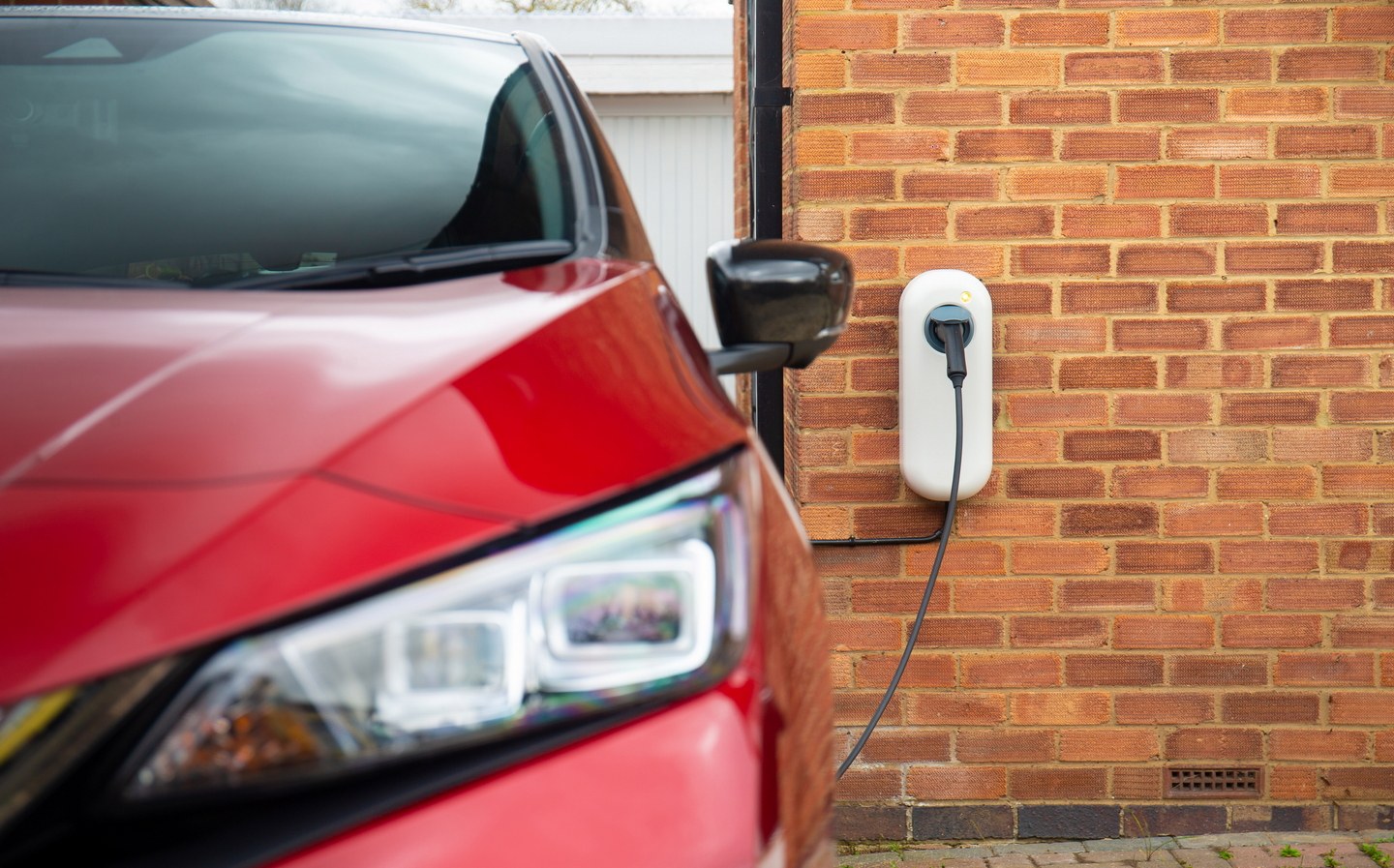Government invests £16m in EV chargers that can put power back into homes
Could help prevent future brownouts
The government has announced a £16m investment in the field of “smart” bi-directional electric vehicle charging that it is claimed could save some motorists up to £1,000 per year while helping balance the electricity grid by feeding power from EVs back into homes.
The Electric Vehicle Smart Charging Action Plan, published today (January 17), sets out a series of steps to encourage and develop smart charging technology in the coming years, with the ultimate aim of making the national grid more resilient at times of peak electricity demand.
The aim of the plan, which is an initiative of the Department for Business, Energy and Industrial Strategy and Ofgem, is to realise the potential of smart charging, making it the dominant method of long-duration charging in the UK by 2025.
By using smart chargers that feed energy into electric vehicles at times of low demand, usually overnight, pressure on the grid is eased. Some smart energy tariffs offer lower tariffs at this time, and so high-mileage motorists could potentially save up to £1,000 every year, the government claimed. The average driver would save something closer to £200.
In addition, when paired with a suitably-equipped car the advanced types of smart chargers would send energy from the cars back into the grid at peak times, “flattening the curve” in demand and helping prevent brownouts. An EV owner could potentially profit from the difference in selling their energy to the grid at peak times, such as already occurs with owners of photovoltaic solar panels, and topping up at night when prices are lower.
While “Vehicle to Grid” (V2G) is not a new idea for the car industry, the technology is still in its infancy and there are currently no regulations in place in the UK to allow EV owners to sell the energy stored in their car’s battery back to the grid.
A number of trial and experimental V2G technology projects are ongoing around the world, including in the UK, and while their operators insist that the technology has a lot of potential, so far the projects have remained relatively small (rarely more than 100 chargers and usually fewer).
Since June 2022 all new EV chargers sold in the UK have had some level of “smart” capability, generally meaning a form of connectivity that allows the user to remotely monitor ongoing charging via an app or to delay that charging until off-peak times; a smart charger can automatically slow or delay charging if demand on the electrical system is too high.
Among the organisations receiving funding today as part of the government’s V2X (Vehicle to Everything) Innovation Programme in order to develop prototype hardware, software and business models are:
- Otaski Energy Solutions, based in Gateshead, Tyne and Wear, which has received £229,000 to develop a smart street lamppost capable of charging electric vehicles and sharing power back to the grid;
- V2X-Flex based in Reigate, Surrey, a project led by EV Dot Energy Ltd. to develop prototype software and a new business model that will reduce entry barriers for the domestic use of V2X bi-directional chargers, which has received £220,000;
- BEVScanV2X, a London-based project led by Agile Charging Ltd. to develop technology that could overcome battery degradation and tools for financial returns from smart charging, which has received £165,000.
Related articles
- After reading about government investment in bi-directional charging, you may also like to check out all the car makers’ electric vehicle plans
- It’s worth reading all about the new Polestar 3
- Or check out the top 10 longest-range electric cars on sale
Latest articles
- Five best electric cars to buy in 2025
- Should I buy a diesel car in 2025?
- F1 2025 calendar and race reports: The new Formula One season as it happens
- Zeekr 7X AWD 2025 review: A fast, spacious and high tech premium SUV — but someone call the chassis chief
- Denza Z9GT 2025 review: Flawed but sleek 1,062bhp shooting brake from BYD’s luxury arm
- Extended test: 2024 Renault Scenic E-Tech review
- Best-selling cars 2025: The UK’s ten most popular models of the year so far
- Audi A6 Avant 2025 review: Trusty executive estate ticks expected boxes, and there’s still a diesel option
- Keir Starmer eases pressure on carmakers to sell EVs in response to ‘global economic headwinds’














